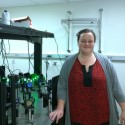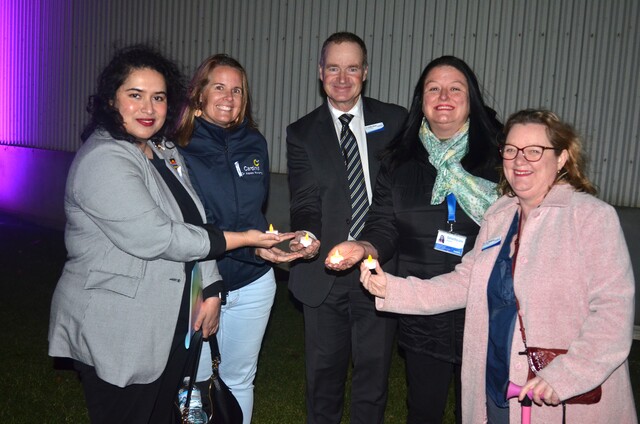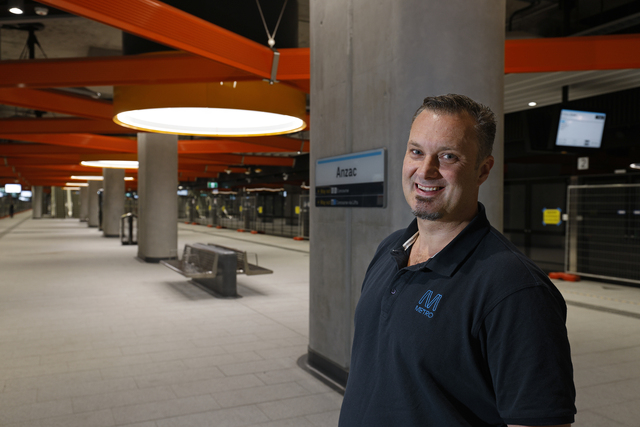By CAM LUCADOU-WELLS
PLAINLY, Noble Park’s Dr Donna Whelan’s passion for DNA science is for love, not money.
Yes, there are great high points to the 28-year-old’s career.
She has just won a prestigious award from the Australian Synchrotron and is pouring herself into exhilarating, post-doctoral studies and a stirring cultural life in New York.
There is little time for sleep in the ‘city that never sleeps’.
But on the other side, she’s forced to eke a living on a $22,000 a year scholarship. When she’s back at home, she moves back in with her parents.
“After 10 years of education I am still making less money than when I managed a Subway sandwich shop.”
There is certainly no renaissance in science funding, which is on the downward slide, she said.
“I had to live, for a while, with a PM who did not believe in climate change. It was terrifying.
“That’s the scary part about being a scientist, being able to test and demonstrate and prove something.
“And to have people as powerful as a prime minister say you’re wrong.”
But there are deeper pay-offs.
She hopes to “start hacking away at the medical questions that assail modern civilisation”.
In New York’s Langone Medical Centre, Dr Whelan is studying something of “utmost importance” – how DNA repairs itself after a double strand break.
These lesions happen naturally as well as due to toxic drugs and radiation poisoning.
Her studies could be the key to understanding the origins of several cancers, immunodeficiency and other genetic mutation diseases.
On 7 December, Dr Whelan won the synchrotron’s annual Stephen Thesis Medal for her PhD research into microscope techniques for the imaging of cells.
She remembers spending 72-hour stints at the synchrotron to collect a data set.
But in the end she was able to discover a way to enhance infra-red imaging of cells – which is used to diagnose cancers, viral infections and malnutrition.
Dr Whelan also discovered the fallibility of a Nobel-Prize-winning ‘super-resolution’ technique of examining cells.
She found factors that affect the very conclusions drawn from super-resolution research.
It’s something scientists never want to hear, Dr Whelan said.
The research was conceived out of the frustration of being unable to see inside a cell using infrared light.
Her dream is to start visualising the shape of individual DNA double helices inside a cell.
She wants to see them react to stressors such as heat, dehydration, chemotherapeutic drugs and starvations.
“So far we don’t have the science to look at that.
“That’s what I am trying to develop.”
Her love of science was fostered by parents but she didn’t enjoy conventionally-taught science.
She remembers sitting bored in her St John’s Regional College science class being told the names of planets while hoping to learn about black holes and quasars.
What Dr Whelan loves is other scientists who put ethics and science before their own gains.
People, on the other side of the coin, who were “doing science just to get ahead” have been a barrier to her endeavours, she said.
“Being able to cut them off as best I could was key.”







